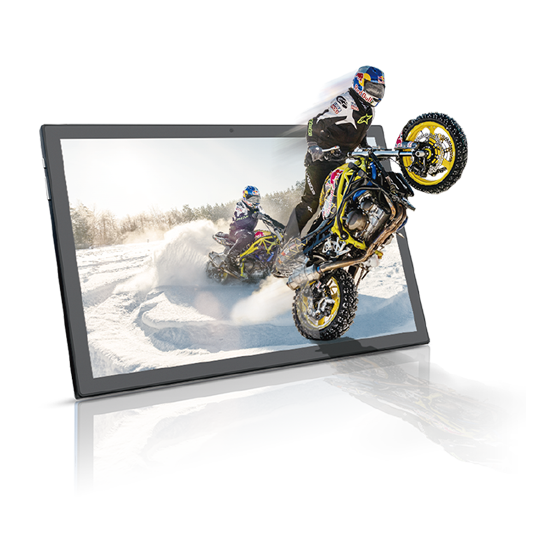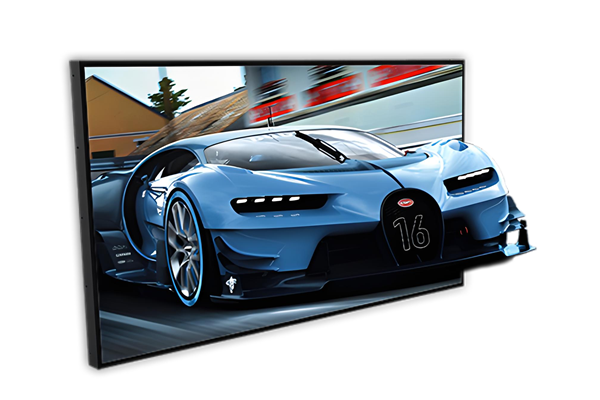Imagine watching a movie or playing an immersive video game without using those clunky 3D glasses. With autostereoscopic 3D technology, this is possible. In the blog, we’ll look at what you need to know about autostereoscopic 3D.
What Is Autostereoscopic 3D?
Autostereoscopic 3D technology, also known as glasses-free 3D, is a display technology that allows viewers to experience 3D content without using special 3D glasses. It uses a process called lenticular printing where the display uses tiny lenses to bring light away from each pixel to the viewer’s eyes separately.
The major difference between autostereoscopic 3D and traditional stereoscopic 3D is the need for glasses. For traditional 3D displays, the viewer wears glasses with polarized lenses or color filters. Autostereoscopic 3D however, uses techniques such as parallax barrier or lenticular lens to manipulate light and create a 3D effect without any need for glasses.

How Autostereoscopic 3D Works?
Autostereoscopic 3D works using a principle called stereopsis. In stereopsis, each eye senses a slightly different image, and the brain uses these images to create the feeling of depth. Autostereoscopic displays create a barrier between the left and right images which allows each eye to see a different image.
The two main technologies used in autostereoscopic 3D displays are generally parallax barriers or lenticular lenses.
The parallax barrier is a thin layer of material placed in front of the screen. It contains various precision slits. The precision slits allow each eye to see a different set of pixels on the screen, so it creates a sense of depth in the process.
The lenticular lens system also works the same but instead of using slits, it uses arrays of tiny lenses. Each lens focuses light from a specific set of pixels and directs it towards the viewer’s left or right eye. The brain then processes these separate images and creates a sense of 3D in the observed scene.
While parallax barrier and lenticular lens are the commonly used technologies in autostereoscopic 3D displays, there are other technologies such as holographic displays and eye-tracking. Holographic displays use diffraction, interference, and polarization of light to create a 3D effect. Eye-tracking technology uses eye-tracking cameras and software to adjust a display based on the viewer’s position.
Frequently Asked Questions
1. Can autostereoscopic 3D technology be used in outdoor displays?
Yes, autostereoscopic 3D technology can be used in outdoor displays, but it may have some limitations due to the lighting situation. This is because the 3D effect depends heavily on the manipulation of light, which can be affected by external conditions such as sunlight or street lighting.
2. Is autostereoscopic 3D suitable for large audiences?
Autostereoscopic 3D displays are better for personal viewing rather than large audiences due to the limited viewing angles. The limited viewing angles mean that the 3D effects are better seen from a specific position and distance. For more audiences, glasses-based 3D systems or projection-based systems are preferred.
Why Choose Shenzhen 3D Metaverse Technology Ltd for your autostereoscopic 3D?
When it comes to autostereoscopic 3D technology, Shenzhen 3D Metaverse Technology Ltd is a leading supplier in the industry. With years of experience, we provide the best quality autostereoscopic 3D displays at competitive prices and for different industries. Feel free to contact us for consultation, design, and installation services today!





